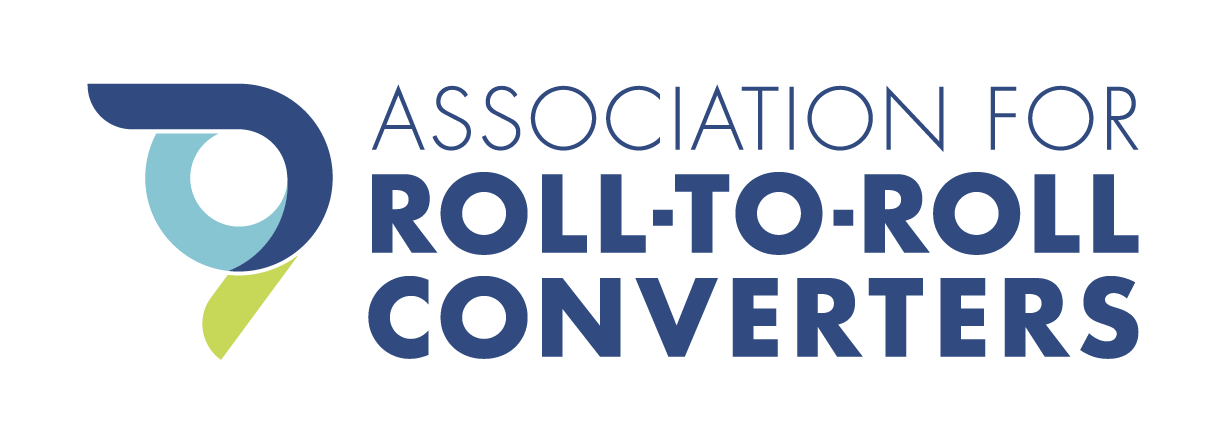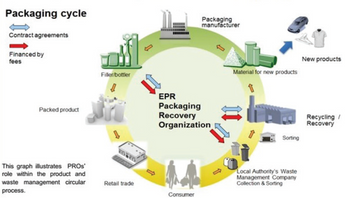Methods to Generate Plasma Assistance for Vacuum-Based Web Coating Processes
Presented by S. Williams, GENCOA
Vacuum web coating is an important manufacturing process that is used to produce technological thin films for a wide variety of applications, such as solar cells, displays and solid state lighting. Plasma assistance is used in vacuum web coating systems to improve quality of end products. Some typical industrial application examples where plasma/ion treatments are employed are: moisture barrier films (e.g. SiO2; plasma treatment is used to improve adhesion and barrier properties), light barrier films (e.g. Al; plasma treatment is used to improve adhesion and barrier properties), ITO coatings (plasma treatment is used to improve adhesion and uniformity of electrical properties), plastic optical devices (plasma treatment is used to provide anti-reflective surfaces), etc.
Thin film adhesion to a polymer web is one of most important quality characteristics of a coated product. It can be improved significantly by web plasma pre-treatment methods, which are now used routinely in roll-to-roll coating systems. Magnetically enhanced plasma treatments are established processes to enhance quality and performance of vacuum coated web products.
In this paper an overview of three different methods to generate plasma assistance for vacuum based web coating processes is given. The techniques covered are i) magnetron-based DC and AC discharges, ii) anode layer type plasma jets and iii) hollow cathode-based high density plasma sources.
This post is for paying members only
SubscribeAlready have an account? Log in

